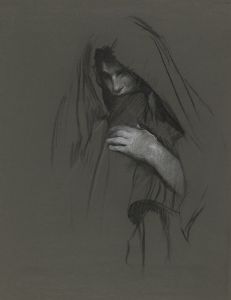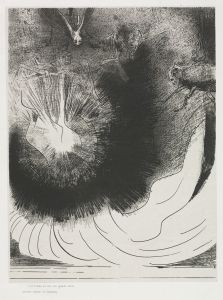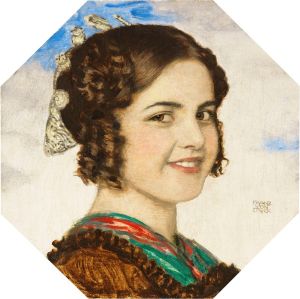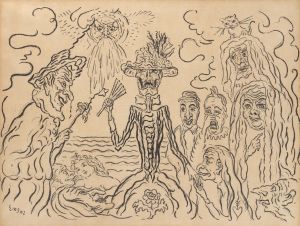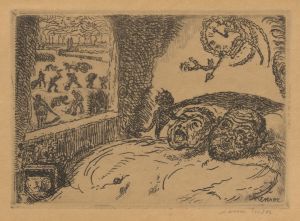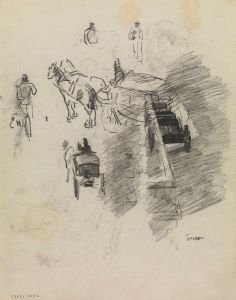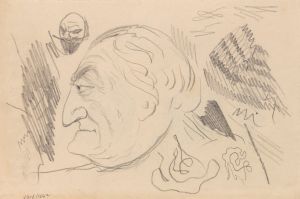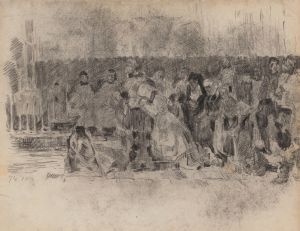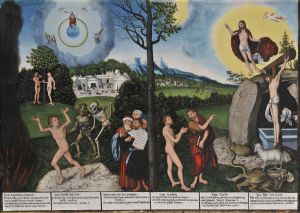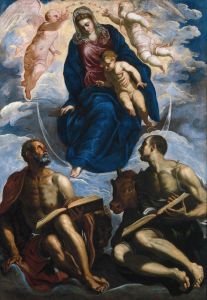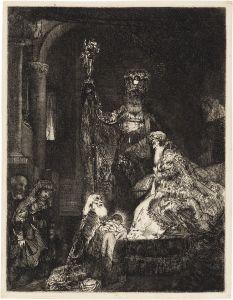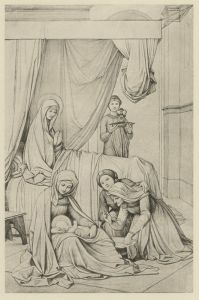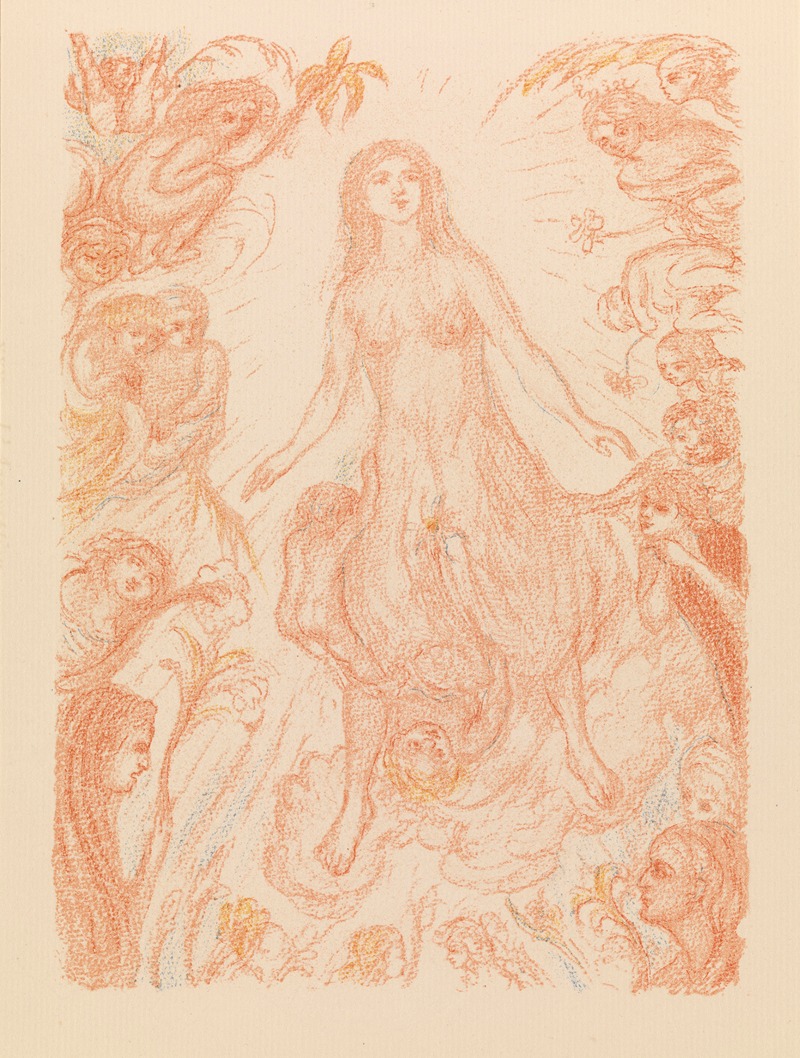
The Assumption of Mary
A hand-painted replica of James Ensor’s masterpiece The Assumption of Mary, meticulously crafted by professional artists to capture the true essence of the original. Each piece is created with museum-quality canvas and rare mineral pigments, carefully painted by experienced artists with delicate brushstrokes and rich, layered colors to perfectly recreate the texture of the original artwork. Unlike machine-printed reproductions, this hand-painted version brings the painting to life, infused with the artist’s emotions and skill in every stroke. Whether for personal collection or home decoration, it instantly elevates the artistic atmosphere of any space.
"The Assumption of Mary" is a painting by the Belgian artist James Ensor, created in 1885. Ensor, born in 1860 in Ostend, Belgium, was a prominent figure in the Symbolist movement and is known for his unique and often provocative style that blends elements of realism, fantasy, and the grotesque.
The painting depicts the Assumption of the Virgin Mary, a significant event in Christian theology where Mary, the mother of Jesus, is believed to have been taken up into heaven at the end of her earthly life. Ensor's interpretation of this religious theme is both distinctive and reflective of his broader artistic tendencies.
In "The Assumption of Mary," Ensor employs a vibrant and somewhat chaotic composition, characteristic of his work. The painting features a central figure of Mary, who is shown ascending towards the heavens, surrounded by a host of angels and other celestial beings. Ensor's use of color is particularly notable, with bright, almost garish hues that create a sense of movement and energy. The figures are rendered in a somewhat exaggerated, almost caricature-like manner, which is typical of Ensor's style and serves to imbue the scene with a sense of both reverence and whimsy.
Ensor's approach to religious subjects often includes a layer of irony or critique, and "The Assumption of Mary" is no exception. While the painting ostensibly celebrates a sacred event, the exaggerated expressions and chaotic arrangement of the figures suggest a more complex, perhaps ambivalent attitude towards the subject matter. This duality is a hallmark of Ensor's work, reflecting his broader concerns with the human condition and the often absurd nature of societal norms and religious practices.
The painting is also significant within the context of Ensor's career. Created during a period when he was increasingly moving away from traditional academic styles and towards a more personal, idiosyncratic approach, "The Assumption of Mary" exemplifies the bold experimentation and innovative spirit that would come to define his oeuvre. Ensor's work during this time was often met with mixed reactions from critics and the public, but it has since been recognized for its originality and influence on later developments in modern art.
"The Assumption of Mary" is housed in the Royal Museum of Fine Arts in Antwerp, Belgium, where it remains an important part of the museum's collection. The painting continues to be studied and appreciated for its unique blend of religious iconography, vibrant color palette, and Ensor's distinctive artistic vision.
Overall, "The Assumption of Mary" by James Ensor is a compelling example of the artist's ability to reinterpret traditional themes through a modern, often subversive lens. It stands as a testament to Ensor's skill and creativity, as well as his enduring impact on the world of art.





